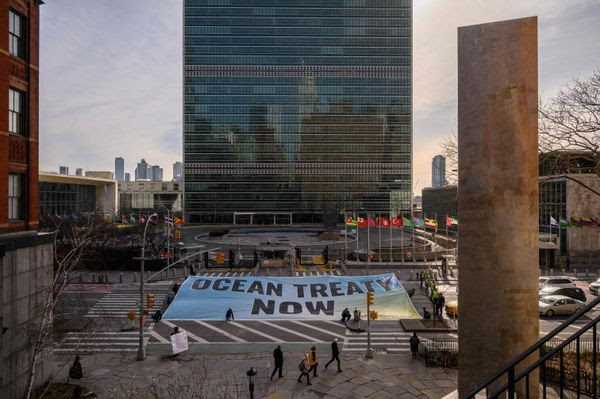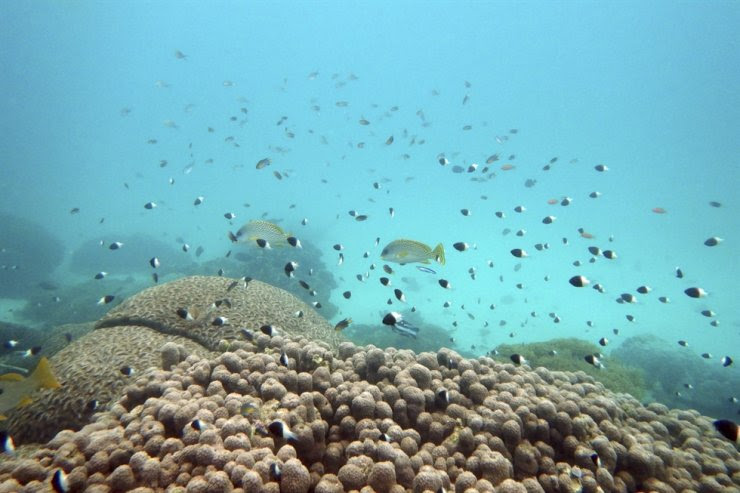The head of the United Nations, Antonio Guterres, was very pleased with the finalization of the text of an international treaty to protect the high seas.
“The Secretary-General congratulates delegates on finalizing a text aimed at ensuring the conservation and sustainable use of marine biological diversity beyond national jurisdiction,” an unnamed spokesman for Mr. Guterres said in a statement. “This breakthrough, which covers nearly two-thirds of the ocean, marks the culmination of nearly two decades of work and builds on the legacy of the UN Convention on the Law of the Sea.”
The world needs to know that the oceans and seas make up nearly half of the planet, it has long been ignored in the environmental battle, in favor of coastal areas and a few iconic species.
With recent scientific discoveries, the importance of protecting the oceans, which are teeming with biodiversity, often microscopic, has been proven. The oceans also provide half of the oxygen we breathe and limit global warming by absorbing a large part of the CO2 emitted by human activities.
In spite of this, the oceans are weakening, victims of these emissions (warming, water acidification…), of pollution of all kinds and of overfishing.
As soon as the treaty enters into force after being formally adopted, signed and ratified by enough countries, it will allow the creation of marine protected areas in these international waters.
Only about 1% of the high seas are subject to conservation measures, and this emblematic tool is considered essential to hope to protect 30% of the planet’s land and oceans by 2030, as all the world’s governments pledged in December.
The treaty on the “conservation and sustainable use of marine biodiversity beyond areas of national jurisdiction” also introduces the obligation to conduct environmental impact assessments of proposed activities on the high seas.
This agreement is a victory for multilateralism and for global efforts to address the destructive trends facing the health of the oceans now and for generations to come. It is essential to address the triple global crisis of climate change, biodiversity loss and pollution. It is also essential to achieving the oceans-related goals and targets of the 2030 Agenda for Sustainable Development and the Kunming-Montreal Global Biodiversity Framework, the statement said.
The UN Secretary-General congratulated all parties for their ambition, flexibility and perseverance and looks forward to continuing to work with all parties to ensure a healthier, more resilient and productive ocean for the benefit of current and future generations, according to the statement issued late Saturday night, March 4, and Sunday, March 5.




Comment here